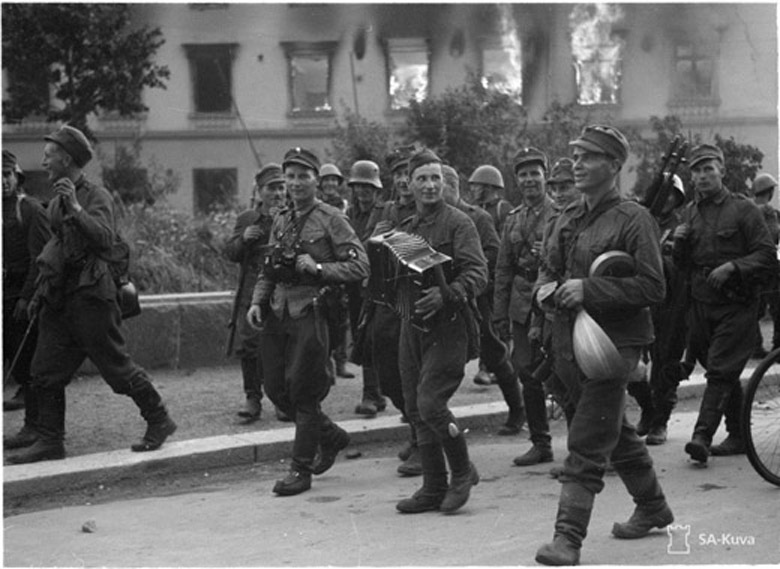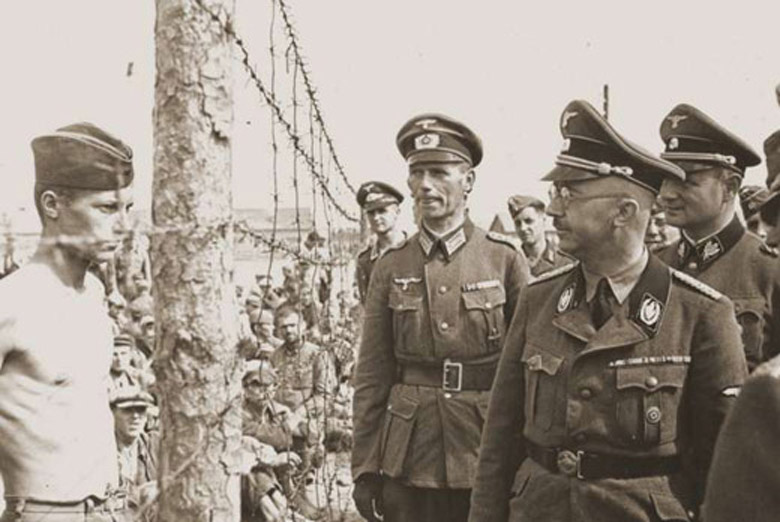Battle of the Atlantic
- The German steamer Memelland (542t) is sunk by a mine south of Helsinki.
- The German steamer Nordeney (3667t) scuttles herself when she is intercepted by the British light cruiser Despatch and the armed merchant cruiser Pretoria Castle northeast of the Amazon Estuary.
Diplomatic Relations
Stalin receives a message from Churchill and Roosevelt suggesting a joint meeting in Moscow. They would like to send delegations to Moscow 'to arrive at speedy decisions as to the apportionment of our joing resources.'
The Polish-Soviet Military Agreement is signed in Moscow which provided for the formation of a Polish army in the USSR to embrace all Polish citizens fit for military service.
[Eastern Front
FINLAND AND NORWAYSortavala falls to the Finnish 7th Infantry Division of the I Corps after heavy fighting. The defending 198th and 168th Rifle Divisions retreat after heavy losses. East of Viipurii the Finns penetrate across Lake Vuoksa, endangering the rear of the 23rd Army.
Finnish Troops Entertained by Soviet Troops |
 |
Manstein's LVI Panzer Corps gives up its hard fought positions on the Luga line to Lindemann's L Corps and march north in order to support the XLI Panzer Corps' attack from its bridgehead at Kingisepp. As soon as he is on the move, Manstein is ordered to backtrack and march his entire force south to aid the X Corps near Lake Ilmen. Manstein moves his corps back to dno to strike the 34th Army.
The bloody struggle on the Luga has yielded Army Group North 21,000 prisoners and the destruction or capture of 300 tanks and 600 artillery pieces.
SOUTHERN SECTORWith the situation in the south becoming increasingly acute, the South Front rushes the II Cavalry Corps up to Krivoi-Rog to prevent the early German capture of the town. The corps, however, becomes embroiled in bitter fighting as it attempts to aid the difficult withdrawal of the 18th and 9th Armies to the Ingulets River. Most of the 18th Army is already on the east bank and is pulling back upon Snegirevka. The 9th Army is fighting fierce defensive battles around Nilolayev.
Himmler Looks at a Young Soviet Prisoner |
 |